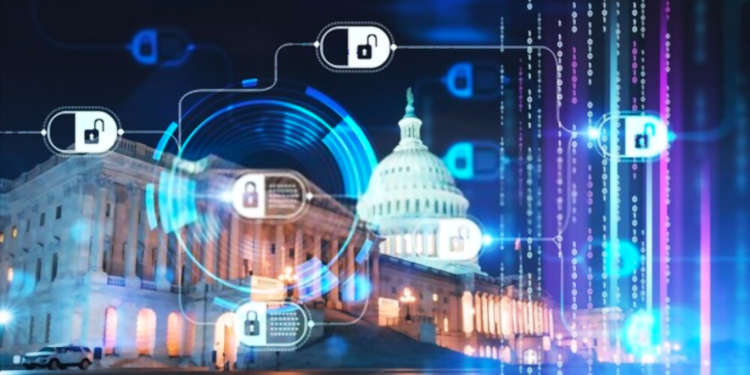- Bipartisan Effort: House Financial Services Committee Releases New Stablecoin Bill Draft
- Balancing Regulation: Proposed Bill Grants Powers to Both Federal and State Regulators.
- Path to Regulation: Draft Bill Aims to Establish First Comprehensive Framework for Stablecoins in the US.
The House Financial Services Committee has made significant progress toward regulating stablecoins by releasing a new bipartisan draft bill. The bill, titled “The Future of Digital Assets: Providing Clarity for the Digital Asset Ecosystem,” combines ideas from both Republicans and Democrats, representing a potential compromise between the two parties.
The bill is scheduled for discussion in the House committee on June 13 and, if approved, could become the first comprehensive crypto legislation in the United States.
Regulatory Milestone Ahead: Draft Bill to be Discussed for Potential Crypto Legislation
The latest version of the draft bill proposes the U.S. Federal Reserve as the primary regulatory authority responsible for establishing requirements for issuing stablecoins. However, it also seeks to grant state regulators the power to oversee the companies giving these tokens. This dual approach aims to strike a balance between centralized oversight and decentralized control, ensuring the stability and integrity of the stablecoin market.
One of the key provisions in the bill pertains to the issuance of stablecoins and the requirements for payment of stablecoins. If the account is approved, it will provide the first comprehensive guidance on the supervision and enforcement of stablecoin markets in the United States. Additionally, the bill suggests a two-year moratorium on collateralized stablecoins from the date of enactment, further highlighting the focus on stability and investor protection.
The draft bill also expands the authority of the federal regulator compared to the previous version. It grants the Federal Reserve the power to intervene in emergencies involving state-regulated issuers. Furthermore, the bill allows states to transfer their supervision duties to the federal watchdog when necessary, ensuring a coordinated approach to oversight across different jurisdictions.
Strengthening Oversight
This new bill version represents a departure from the previous draft, which primarily focused on stablecoin payments. The latest version is more concise and addresses other aspects of digital asset markets, including custodial service providers and algorithmic stablecoins. By expanding its scope, the bill aims to provide a comprehensive regulatory framework that accounts for the diverse range of digital assets in the market.
The Republican chair of the House Financial Services Committee, Representative Patrick McHenry, has been a vocal advocate for stablecoin legislation. He has worked tirelessly to bridge the gap between the two parties and create a bipartisan proposal. The latest draft incorporates elements from Democratic lawmakers, signaling a potential step towards a negotiated agreement on crypto regulation.
Bridging the Divide
In a tweet last month, House Democrats accused their Republican counterparts of abandoning stablecoin negotiations before the elections. They voiced their concerns about the bill, asserting it would diminish customer protections and oversight by the Federal Reserve.
While the draft bill is a positive development, its reception among Democrats remains uncertain. Democrats have previously expressed concerns about Republicans rewriting the bill without their input. However, the bill’s narrow scope and bipartisan support have been its strengths so far.
Notably, the new draft eliminates a section from earlier versions that called for research on the merits of a digital dollar. This controversial idea has faced criticism from Republicans, despite the Federal Reserve’s neutral stance on the matter.
If the bill is introduced and successfully passes both the U.S. House of Representatives and the Senate, it would mark a significant milestone in regulating stablecoins. Combining ideas from both parties aims to strike a balance between regulatory oversight and innovation in the digital asset ecosystem. It would establish the first comprehensive regulations for stablecoins in the United States, providing much-needed clarity and direction for these assets widely used in the crypto markets.














